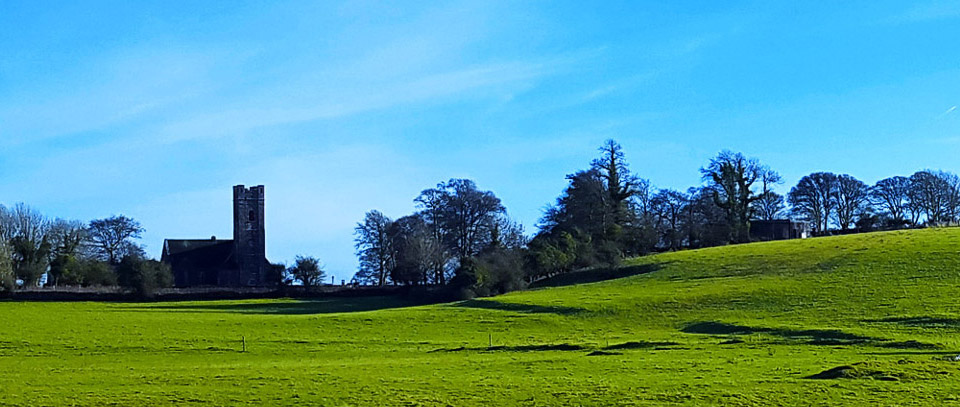The most famous and beloved stories in Irish mythology is The Táin Bó Cúailnge (‘Cattle Raid of Cooley’). This tale of epic scale, at the centre of the pre-Christian Ulster Cycle of mythological sagas, is brimming with romance, power, wealth, the supernatural and raging warfare – high drama at its best. The saga survives in three original manuscripts, including in Ogham (Old Irish).
In a nutshell, the story revolves
around legendary Queen Medb (or ‘Maeve’) of Connacht and her husband Ailill,
both very powerful rulers and competitive with each other as to who was richer. Because King Ailill possessed a stud bull of
high pedigree, white-horned Finnbennach (fertile bulls a coveted currency and sign
of wealth), Medb desired to match him in status. She asked Ulsterman Daire MacFiachna, who
owned the equally potent Donn Cuailnge (‘brown bull’), to loan his bull for a
year.
In return, Queen Medb offered
Daire fifty heifers, a plot of Connacht land, chariot and friendship. But during the celebration feast some of the inebriated
partygoers were overheard claiming that the bull would have been robbed, if
Daire had refused Medb’s offer. The
Queen was furious when she was told this and she and Ailill immediately put together
an army from across the provinces and declared war. Because Ulster was suffering from a curse, or
‘pangs,’ Medb was confident that she would win despite a disturbing prophecy
from a fortune teller.
Medb’s army marched to Ulster to
capture the famous bull but despite Ulster’s ‘pangs,’ they faced teenaged
Cúchulainn, a champion warrior, who ended up killing hundreds of opponents. The Queen attempted to bribe him with money,
land and women. Instead, he challenged that if he was sent just one of her warriors
to fight every day until he lost, he would stop attacking. But Cúchulainn slayed each warrior, despite
one morphing into a beautiful woman then various animal forms (like a wolf and
eel), until Medb was forced to ask his stepfather, Fergus, to fight him. But once in the battlefield, Fergus could not
bring himself to fight his stepson. Both
men agreed to a truce with each other on condition that Fergus would return the
favour in the future
.
Another one of Cúchulainn’s kin,
his foster brother Ferdia, was summoned and threatened by Medb that he if
didn’t fight next, that she would tell everyone in her kingdom that he was a
coward. In order to weaken Ferdia’s
resolve, she got him intoxicated and offered her daughter’s hand in marriage. She also told him a lie that Cúchulainn
wouldn’t consider a victory over him wouldn’t be much of a triumph, which
further challenged the foster brother.
The battle lasted for days and although both men were equally matched, Cúchulainn
had the stronger armor and spear and killed Ferdia. While Cúchulainn was recovering from grief
and exhaustion, Queen Medb captured the coveted brown cow. Meanwhile, Ulstermen, including King
Conchobhar, began to revive from their ‘pangs’ and went back into battle to
recapture the bull. Cúchulainn, although
he was still recovering, eventually joined the fight, demanding that his
stepfather Fergus honour his promise that he yield. Fergus agreed, who pulled out his 3,000
troops, which left Medb and Ailill retreating back to Connacht, with the prized
bull.
Finally, the Donn Cuailnge, the
brown bovine, clashed with Ailill’s famous white bull, Finnbennach, to the
death. The Cooley cow hoofed it back to
Ulster, with the remains of Finnbennach hanging from his horns, dropping body
bits all over the land into Ulster, until he, himself, succumbed too. After all this bloodshed, Ailill and Medb
made peace with Ulster and Cuchulainn for seven years, and so ends this epic
tale.
References: www.askaboutireland.ie;
http://en.wikipedia.org

